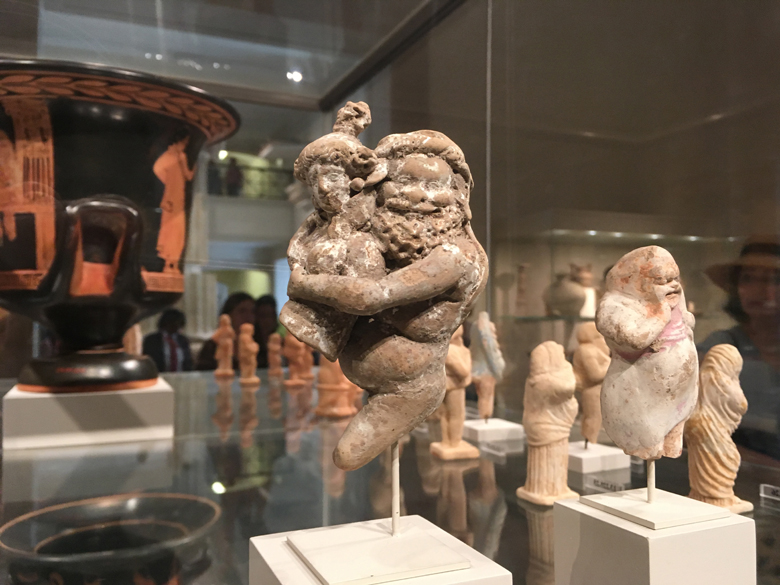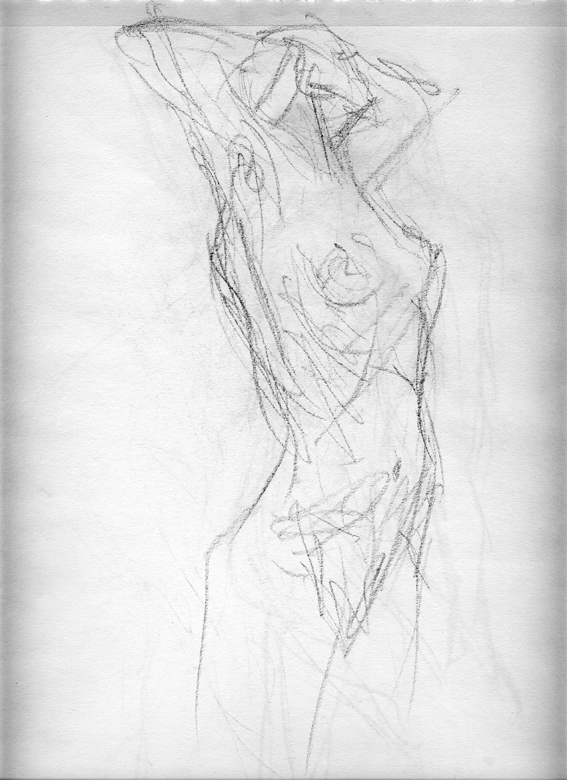
CLVI
Revenge of the Nereids
Linear Z
No dramas have been harmed in the making of this truth
Shanks for the memories
La grande morbidezza
Ground Truth: military term denoting the discrepancy between assumptions made by brass and actualities of a situation.
Analogy is not an allergy. But it might soud the same if your node is stuffdupt
Just over forty years ago, Abba’s “Dancing Queen” made its broadcast debut. Within weeks, the song had charted spectacularly and Mao Zedong was dead. Might there be some connection, heretofore unremarked, between these seemingly unrelated events?
Good morning, Standard Android – how may I direct your call?
That strange creature we have come to call the State – a hybrid of government and governance that may take a widely variant range of political forms – is characterized by the fact that it recognizes no limit, morally or practically, on its monopoly of violence against those living within its borders.
This claim to the monopoly of internally exercised violence is the single common attribute of all States at all times – it both constitutes them and legitimates their sovereignty.
In short, it is by the existence of a monopoly of violence – whether juridical or otherwise – that the State can be recognized, and by which the State constitutes itself as an entity.
Fifteen years on, and one obvious result of the destruction of the twin towers is the license it gave to the most unenlightened forces operating on this city, and across the globalized world, to build limitless amounts of crap.
I was an “impenetrable physical wall” for the FBI
Standing Rock, mon amour
Why do you viscerally twinge when you hear some dad call his toddler son “buddy”?
A rubicund man with a brush mustache walks past Le G. heading south. He’s built like a refrigerator box in navy blue. On the upper arm of his sleeve, an appliqué: Seattle Fire Department.
Nine will get you eleven it’s that time again.
“The advice I would give to people today, if they’re home from work, is to – is to go about a normal day. Take the day as an opportunity to go shopping, be with your children. Do things. Get out. Don’t feel – don’t feel locked in.” Said Rudolph Giuliani on September 12, 2011.
“Just, uh – just don’t forget the oxygen masks. First on you, then on your kids.”
Till you drop
How much, O, how much social life is organized around MRP (Male Rape Phobia)?
And its subset WMRP
And the wail of the American siren, whether police, ambulance or fire truck, like that of an inconsolable infant, winding up to a hysterical pitch, then diminishing – only to ascend in pitch and amplitude again. The alternative mode being those that sound like demented electronic chickens from hell.
A friend, born in France, once pointed out different these were from the consistent repeated tones of the French sirens and the clear aural distinction between ambulance/firetruck and police sirens. The former have two “syllables” that sound something like tiens bon – tiens bon – tiens bon… (hold on). Whereas the latter siren resembles t’es foutu, t’es foutu, t’es foutu… (you’re screwed).
Which gets you thinking, as your mind replays the numberless sirens you heard on 9/11, that America in some ways remains pre-linguistic – we cannot speak, only wail. Insistent. Inconsolable.
And aircraft aluminum shanking through steel
And the prisoners who rebelled at Attica, on 9 September, ’71, weren’t they armed with shanks?
Devoted to distraction
Painting between the ruin and the nude
For every tower taken down, for every quarter of Aleppo leveled in an “airstrike,” a thousand gleaming high-rises, pipelines, dams and digital crap-producing factories rise and spread. Visibilized, nay spectacularized via the intertwined helix myths of modernity and money, we play, at heart – harder than ever and to the bitterest of ends – the self-annihilation game.
There is Me
There is We
And a “Bridge Out” sign between them
A day early and $150 billion short
Selfie stuck
I’m in a New Amsterdam state of mind
A fine young day upon the altar
Greedy old godz
Hanging at Picnic Rock
Dig around long enough and one discovers that François Jullien, the contemporary sinologist often floated au Courant had an (apparently unacknowledged) American “ancestor.” George Rowley was a professor of and archaeology at Princeton and curator of the university museum’s oriental collection from 1935 until his death in ’63.
In addition to a book on Ambrogio Lorenzetti, Rowland authored Principles of Chinese Painting, first published in 1947 and reprinted in several subsequent editions. Here is an extended passage from pp. 31-33 (to which I have added several paragraph breaks to make the text easier on the eye):
The contrast between east and west centers on the role of reason in art. Ever since the rise of romanticism and expressionism we have thought of painters as men [sic] of feeling rather than as thinkers. The budding genius is generally warned against going to college lest he dull his inspiration with too much analysis and lest he degenerate into an art critic or an art historian.
To think about something seems alien to the creation of something. Theories about dynamic symmetry or the geometry of design would have been abhorrent to the Chinese painter with his Taoist love of freedom and effortlessness. Notwithstanding, there can be no doubt about the importance of intellectual life as one of the first requisites of the painter. The scholar and the painter were one in China…
Even Confucius, who turned to knowledge as the answer to life’s problems, insisted that the scholar must not be an instrument – that is, a specialist, and claimed that his interests must be wide and humanistic. The Chinese painters prized cultivation above information. “You can leave the books that you do not like alone and let other people read them.” They also placed experience above reason. The Chinese painter would not have said, “I think, therefore I am,” but rather “I experience, therefore I create.”
Rationalization in connection with creativity was contrary to the deepest cultural instincts of the Chinese. In Greek idealism the mind was satisfied by clarity, order, and the finality of a perfect norm; in the Chinese creation of types during the T’ang-Sung period the imagination was stimulated by suggestion, tension and the mystery of the essential spirit. Although Chinese painting has the intellectual qualities of scholarly cultivation, it leaned not upon reason but upon reflections about experience.
Emotionally, we think of classic idealism as calm, serene and lofty, terms which we might apply to Chinese painting if comparing it with modern expressionism; however, confronted by classic idealism, we suddenly realize the dynamic and exciting qualities of Chinese painting. No one would ever picture a Greek or neo-classical painter attacking a wall “like a demon,” in the manner of Wu Tao-tzu, nor as indulging in scholarly play with ink.
Moreover, the Chinese did not attempt to rationalize the beautiful; that is, they did not explore the western concept of the beautiful as a supreme value, associated with the good and the true. Beauty, when considered as a separate aesthetic delight, was called a flowery embellishment, which was quite secondary and which might be definitely harmful to the essential spirit. In China formal beauty was not isolated but resided in the whole content, and therefore the Chinese do not speak of beauty or aesthetic value but of the spirit, or ch’i. [George Rowley, Principles of Chinese Painting, Princeton University Press, 1974]
Leaning alone in the close bamboos,
I am playing my lute and humming a song
Too softly for anyone to hear
Except my comrade, the bright moon.
Wang Wei, “Retreat Among Bamboos”
And the moon, as we know, reflects itself in ten thousand streams

